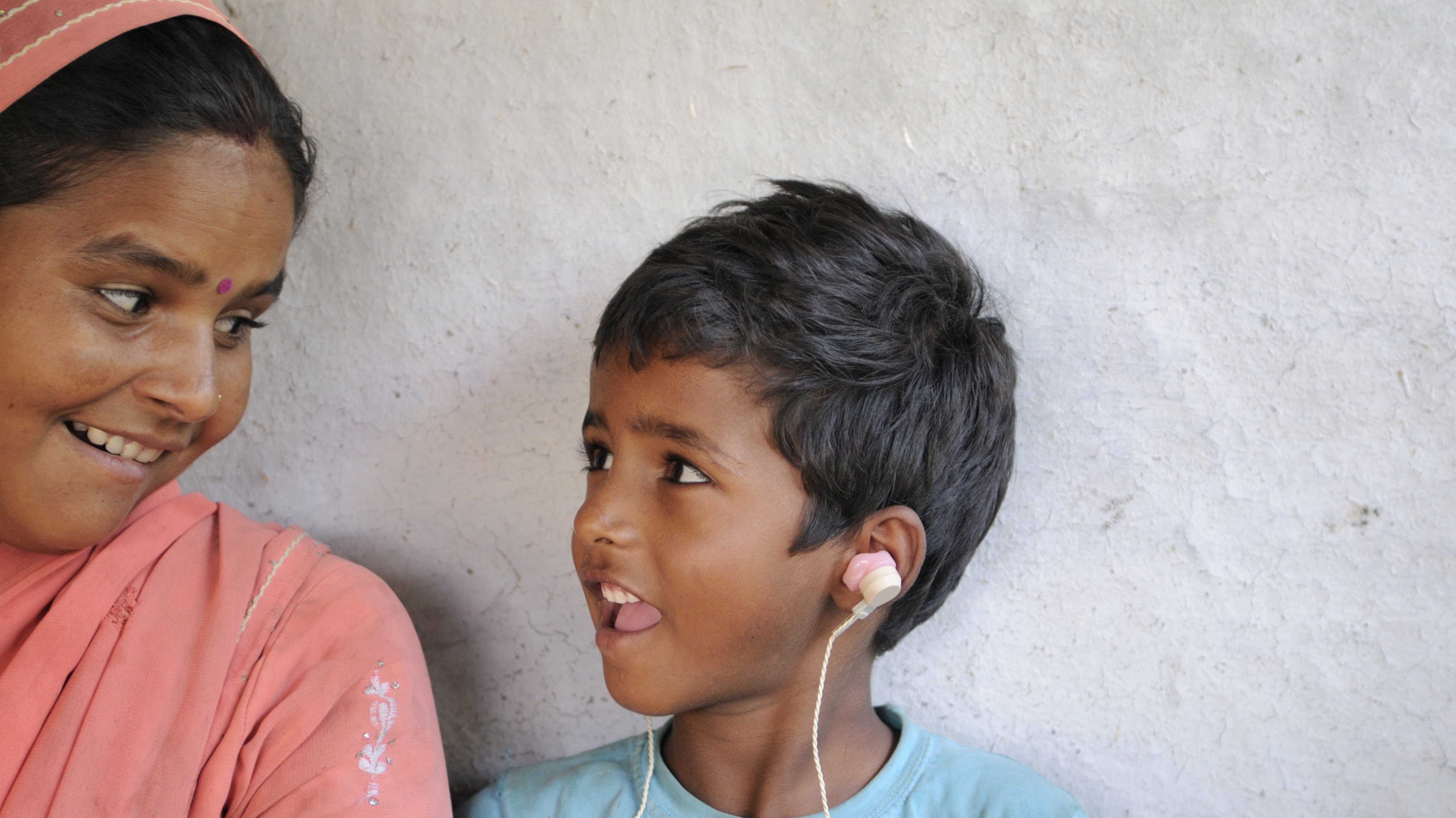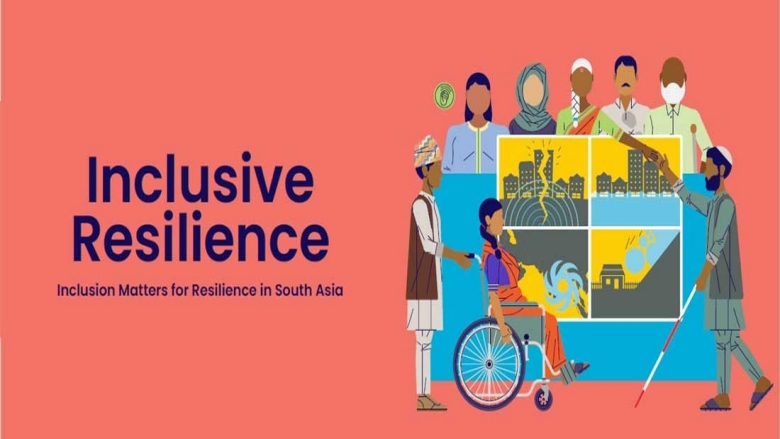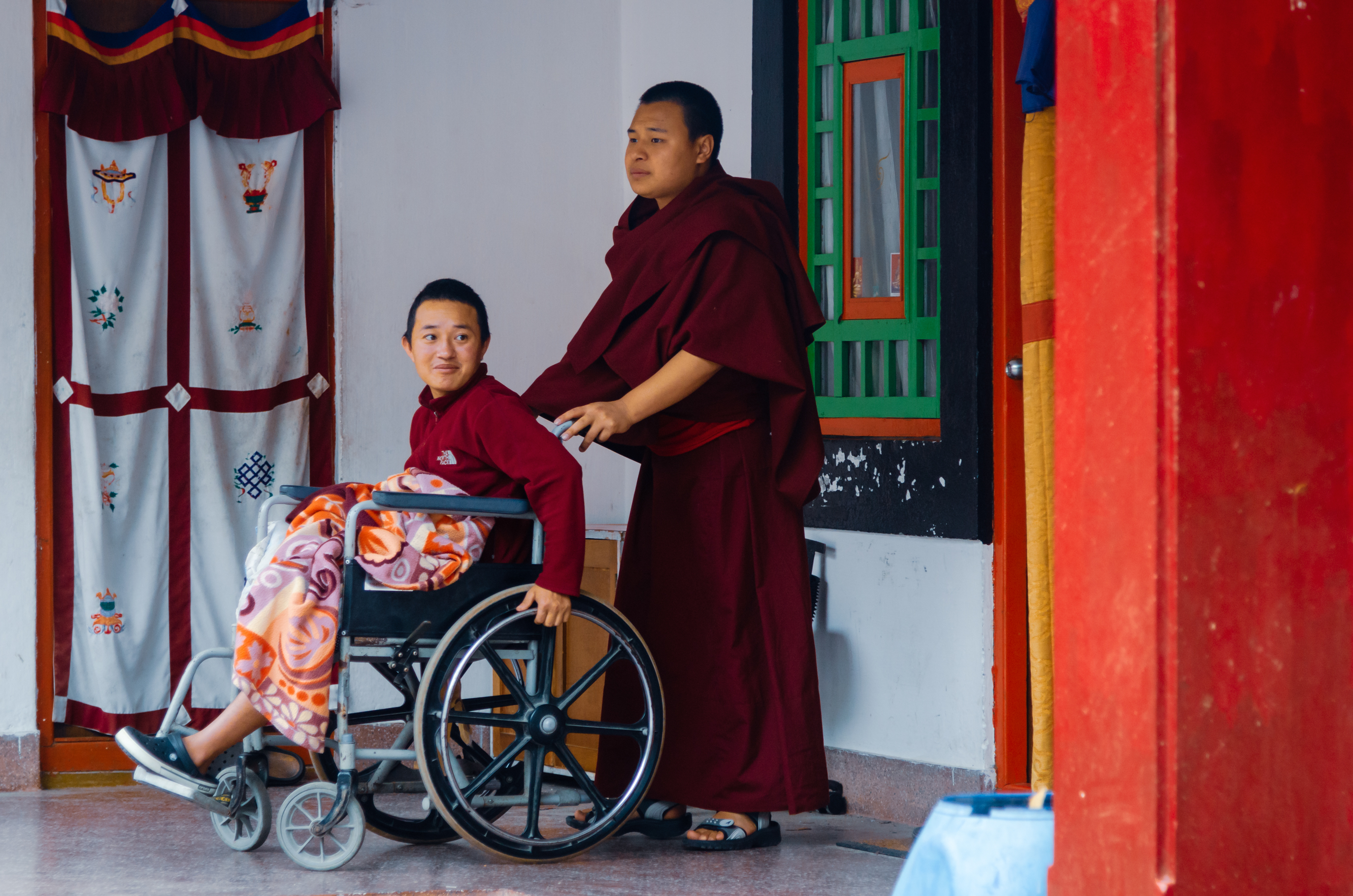In South Asia, the World Bank strives to better advance social inclusion in disaster and climate resilience projects by addressing the varying needs of people with different backgrounds. Through advisory services, knowledge development and sharing, this initiative provides practical inputs and support for Governments and practitioners to mainstream inclusive resilience in their projects; thereby translating well-established social inclusion concepts into practical on-the-ground action.

South Asia is one of the most vulnerable regions to the impacts of climate change and natural disasters.
South Asia, alongside Sub-Saharan Africa, is identified as one of the most vulnerable regions to climate-induced consequences, such as increased poverty, agricultural prices, spread of disease and child mortality. Social exclusion exacerbates these impacts, as vulnerable populations are often poor and disproportionately exposed to hazards while often lacking access to information and resources to adequately respond to and recover from disasters.
In South Asia, social exclusion – often due to gender, disability, age, economic and education status, as well as caste, religion and ethnicity – is deeply entrenched and has a significant influence on disaster outcomes. Those who are at the intersection of multiple exclusion factors – such as, a disabled elderly woman – are even more vulnerable and face compounding disaster impacts. Yet, it is important to note that marginalized groups are not only victims of disasters, they have unique abilities to contribute to the resilience of their communities.
To build resilience that is truly for all, it is critical to integrate social inclusion in resilience investments.
The World Bank’s South Asia team has developed project specific social inclusion action plans that include a set of recommendations outlining feasible entry points for DRM projects across a variety of DRM topics to more inclusively address the needs of excluded populations. The menu of actions will keep growing as we learn more. This project aims to elevate innovative solutions and the emerging best practices from the local, regional and international levels on inclusion in disaster contexts. This platform aims to highlight the truly resilient society that DRM and Social Development practitioners are building and scaling across the SAR region.



